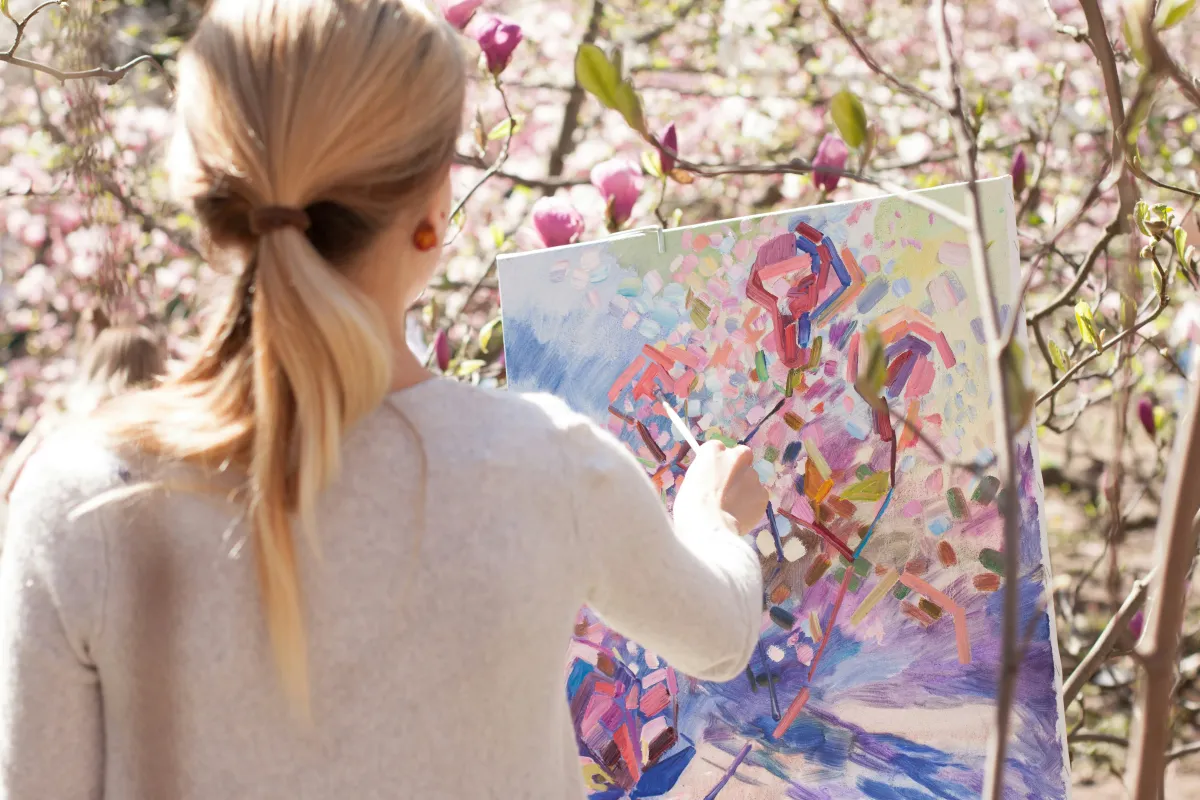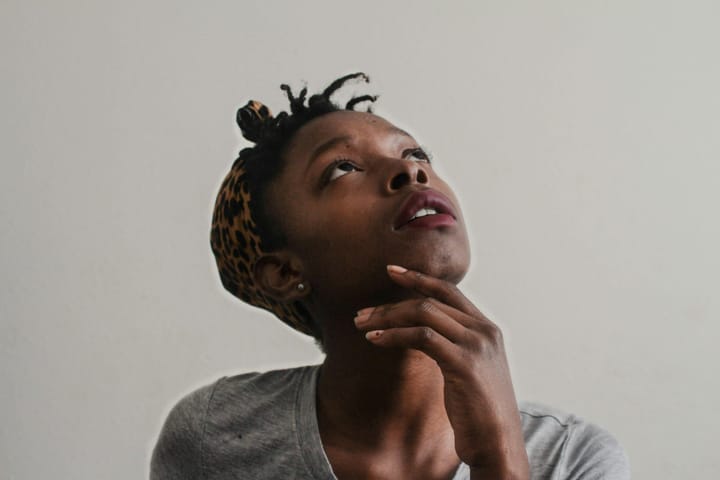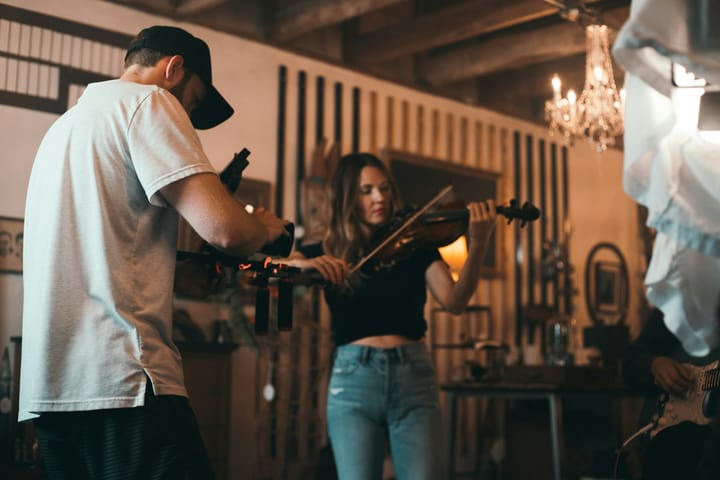The Digital Brush: Mastering the Canvas of YouTube in Art and Design
Diving deep into specific art forms or software can establish you as a go-to expert in your niche.

Key Takeaways:
- Diving deep into specific art forms or software can establish you as a go-to expert in your niche.
- Interactive content, such as live drawing sessions or design challenges, can significantly boost viewer engagement.
- Leveraging digital tools like Adobe Photoshop, Procreate, and Blendercan transform your artistic visions into captivating content.
Carving Your Niche in Digital Art and Design:
1. Define Your Artistic Domain:
Whether it’s digital painting, graphic design, 3D modeling, or animation, pinpointing your specialty is the first brushstroke on your YouTube canvas.
2. Create Value-Driven Content:
From tutorials and how-to guides to time-lapse creations and critique sessions, ensure each video provides value, inspiration, or entertainment to your audience.
3. Showcase Your Creative Process:
Audiences love seeing the magic happen. Share your workflow, thought process, and tips and tricks to engage viewers and demystify complex techniques.
4. Engage with Your Community:
Foster a creative community by responding to comments, hosting Q&A sessions, and featuring viewer-submitted art to encourage interaction and loyalty.
5. Stay Abreast of Trends:
Incorporate current design trends, popular themes, or viral challenges into your content to stay relevant and attract a wider audience.
Essential Software for Art and Design YouTubers:
- Pros: Industry-standard software offering unparalleled tools and features for digital artists.
- Cons: Subscription-based pricing can be prohibitive for some, and the extensive features may overwhelm beginners.
- Pros: Intuitive and accessible, Procreate is favored for its natural drawing experience on iPad, with a robust set of brushes and tools.
- Cons: Limited to iOS devices, which may exclude creators who prefer or only have access to other platforms.
- Pros: A free, open-source 3D creation suite that supports the entirety of the 3D pipeline — modeling, rigging, animation, simulation, rendering, compositing, and motion tracking.
- Cons: Steep learning curve due to its comprehensive and complex functionalities, potentially daunting for newcomers to 3D art.
Crafting a Successful Art and Design Channel on YouTube
Step 1: Define Your Artistic Niche
Identify what unique angle you bring to the art and design space. Whether you specialize in digital illustrations, graphic design, 3D animation, or traditional art techniques, defining your niche will help you target the right audience and shape your content strategy.
Step 2: Plan Your Content
Successful YouTube channels are built on consistent and engaging content. Plan a mix of content types that can include tutorials, time-lapse videos, project walkthroughs, and theory discussions. Each video should aim to either educate, inspire, or entertain your audience, ideally all three.
Step 3: Create High-Quality Videos
Invest in good equipment to produce high-quality videos. A decent camera, microphone, and lighting setup can significantly enhance your video quality. For digital art, screen recording software will be crucial to capture your process in detail.
Step 4: Edit Your Videos for Clarity and Engagement
Editing is where your videos start to take shape. Use editing software to trim unnecessary parts, add engaging graphics, and ensure audio clarity. Tools like Adobe Premiere Pro or Final Cut Pro offer extensive features, but free software like DaVinci Resolve is also a great option for beginners.
Step 5: Optimize Your Videos for SEO
Use relevant keywords in your video titles, descriptions, and tags to help your videos get discovered. Researching keywords related to art and design can help you optimize your content to reach the right viewers. Engaging thumbnails and compelling titles also play a critical role in getting viewers to click on your videos.
Step 6: Publish Regularly and Consistently
Set a realistic publishing schedule that you can maintain over the long term. Consistency is key in building an audience on YouTube, as it keeps your channel active and helps retain viewers’ interest.
Step 7: Engage with Your Audience
Build a community by interacting with your viewers. Respond to comments, ask for feedback, and involve your audience in your creative process. Consider hosting live streams where you can interact in real-time and build stronger connections with your viewers.
Step 8: Promote Your Channel
Share your videos on social media platforms, art forums, and blogs. Collaborating with other YouTube artists can also help you reach a broader audience. Don’t forget to utilize Instagram, Pinterest, and even LinkedIn, depending on your niche.
Step 9: Monitor Your Analytics
Use YouTube Analytics to track the performance of your videos and understand what resonates with your audience. Look at metrics like watch time, viewer retention, and engagement rates to gauge the success of your content and refine your strategy.
Step 10: Continue Learning and Adapting
Stay updated with the latest trends in art and technology. Continuously learning new techniques and adapting your content accordingly will keep your channel relevant and engaging.
Embracing the digital brush to master the canvas of YouTube in art and design can open up a world of opportunities for creative expression and professional growth. By focusing on quality, engagement, and consistency, you can turn your passion for art into a thriving digital community, inspiring others with every stroke and pixel.
FAQs:
Q: How can I differentiate my art channel from others? A: Focus on your unique style and perspective. Sharing personal stories, techniques, and insights that reflect your individuality can help differentiate your channel in the crowded YouTube space.
Q: What is the best way to improve my video quality on a budget? A: Focus on what you can control. Good lighting can be achieved inexpensively with natural light or affordable ring lights, and clear audio can be captured with budget microphones or even some smartphones.
Q: Can I make a living from my YouTube art channel? A: Yes, many artists monetize their channels through ad revenue, sponsorships, selling merchandise, and offering Patreon subscriptions for exclusive content.
Q: How often should I post videos to optimize channel growth? A: Start with a manageable schedule, like once a week, and increase frequency as you get more comfortable with the production process.
Q: How can I grow my art channel on YouTube?
A: Consistently produce high-quality content, engage with your viewers, collaborate with other artists, and utilize SEO best practices to enhance your channel’s visibility.
Q: What’s the best way to monetize my art channel?
A: Beyond YouTube’s AdSense, consider selling digital products, prints, or merchandise, offering Patreon-exclusive content, or securing sponsorships and brand deals.
Q: Do I need expensive equipment to start an art YouTube channel?
A: While high-quality equipment can enhance your videos, starting with basic gear is perfectly fine. Focus on good lighting and clear audio for the best viewer experience.
Q: How important is video editing in art and design content?
A: Good editing can significantly improve the quality of your content, making it more engaging and professional. Simple edits like proper lighting, clear audio, and a steady camera can make a big difference.
Q: Where do you find video editors? A: Vimerse offers amazing video editing services. Vimerse works with major content creators with millions of followers. Their experienced team will be able to help you grow your channel.


